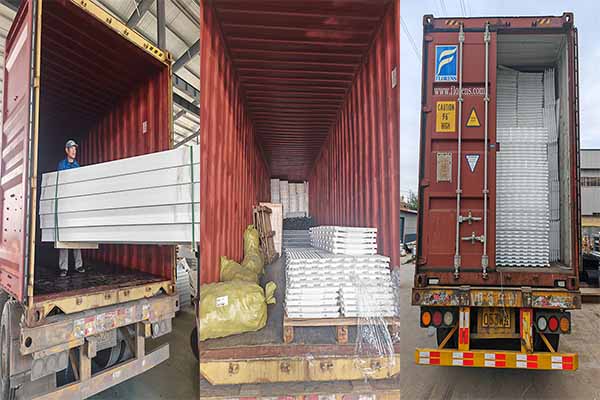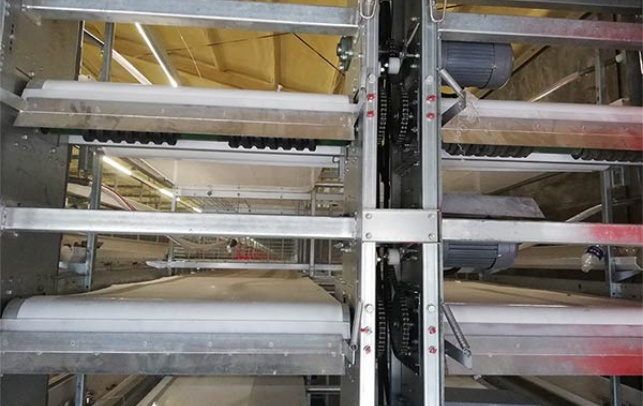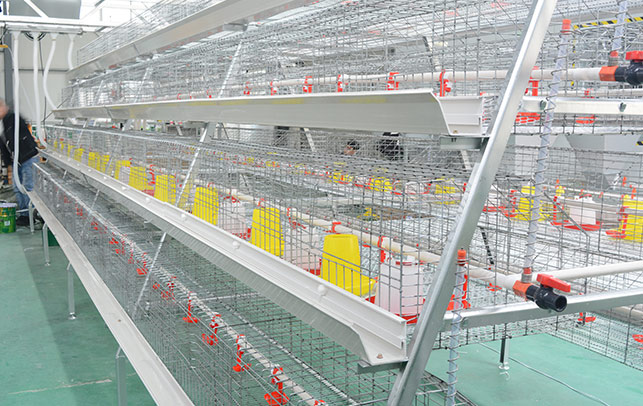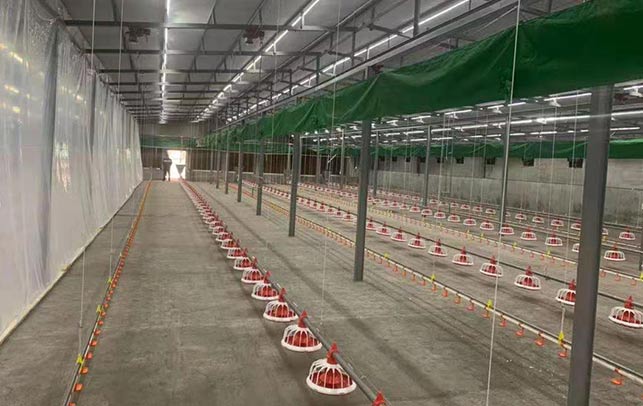How to Start a Chicken Farm in Kenya: A Comprehensive Guide
Time : 2025-06-25
Starting a chicken farm in Kenya can be a rewarding venture. As the demand for poultry products continues to grow, understanding the key aspects of setting up and running a successful chicken farm is crucial. This guide will walk you through the process of how to start a chicken farm in Kenya, from planning and feasibility studies to sourcing equipment and marketing your products.
Step 1: Market Research and Feasibility Study
Before embarking on starting a chicken farm in Kenya, it’s essential to conduct thorough market research and a feasibility study. This step will help you understand the market demand, competition, and the potential profitability of your venture.
1.1 Identify the Market Demand:
– Analyze the local and international market for poultry products.
– Determine the type of chicken products that are in demand (e.g., broilers, layers, ducks).
– Research the market size and potential growth rate.
1.2 Analyze the Competition:
– Identify your competitors and understand their strengths and weaknesses.
– Determine your competitive advantage (e.g., location, quality, price).
1.3 Conduct a Feasibility Study:
– Assess the financial viability of your chicken farm.
– Determine the initial investment required, including land, buildings, equipment, and labor.
– Analyze the cost of production, including feed, medication, and utilities.
Step 2: Legal and Regulatory Requirements
Starting a chicken farm in Kenya requires complying with various legal and regulatory requirements. These include obtaining the necessary permits, licenses, and adhering to biosecurity guidelines.
2.1 Business Registration:
– Register your business with the Kenya Revenue Authority (KRA) to obtain a TaxPayer Identification Number (TIN).
– Register your business with the Kenya Industrial Estates Authority (KIEA) if you’re establishing a farm in a designated industrial estate.
2.2 Permits and Licenses:
– Obtain a permit from the Kenya Veterinary Services (KVS) to operate a poultry farm.
– Acquire a permit from the Kenya Markets Agency (KMA) to sell poultry products.
2.3 Biosecurity:
– Implement biosecurity measures to protect your chickens from diseases and other threats.
– Regularly disinfect the farm and ensure proper waste management.
Step 3: Land and Infrastructure
Choosing the right location and building infrastructure suitable for raising chickens is critical to the success of your farm.
3.1 Selecting the Right Location:
– Choose a location with access to water, electricity, and transportation.
– Ensure the area is free from predators and has a low risk of disease transmission.
3.2 Building Infrastructure:
– Construct brooder houses, rearing pens, and laying houses.
– Ensure the buildings are well-ventilated, insulated, and secure.
Step 4: Equipment and Supplies
To start a chicken farm in Kenya, you’ll need various pieces of equipment and supplies. Here are some of the essential items:
4.1 Breeder Equipment:
– Incubators for hatching chicks
– Brooders for raising chicks
– Feeders and waterers
4.2 Rearing Equipment:
– Grower pens
– Feeders and waterers
– Heat lamps for providing warmth
4.3 Laying Equipment:
– Nesting boxes
– Feeders and waterers
– Egg collection systems
4.4 Supplies:
– Chicken feed
– Medications and vaccines
– Feeders and waterers
Step 5: Chicken Breeds and Genetics
Choosing the right chicken breeds and managing their genetics can significantly impact the success of your chicken farm.
5.1 Selecting Chicken Breeds:
– Identify the breeds that are well-suited for your climate and market demand.
– Consider factors such as growth rate, egg production, and disease resistance.
5.2 Genetic Management:
– Implement a genetic management plan to maintain desirable traits in your chicken population.
– Work with a reputable breeder to source high-quality genetics.
Step 6: Feeding and Nutrition
Proper feeding and nutrition are crucial for the health and productivity of your chickens.
6.1 Feed Formulation:
– Develop a balanced feed formula that meets the nutritional requirements of your chickens.
– Consider factors such as age, sex, and production stage.
6.2 Feed Management:
– Store feed in a cool, dry, and well-ventilated area to prevent spoilage.
– Provide fresh water at all times.
Step 7: Health Management
Maintaining good health and biosecurity on your chicken farm is vital to prevent disease outbreaks and maximize productivity.
7.1 Vaccination Program:
– Implement a vaccination program to protect your chickens from common diseases.
– Work with a veterinarian to develop a tailored vaccination schedule.
7.2 Biosecurity Measures:
– Implement biosecurity measures to minimize the risk of disease transmission.
– Regularly clean and disinfect the farm, vehicles, and equipment.
Step 8: Marketing and Distribution
Effective marketing and distribution strategies are essential for selling your poultry products.
8.1 Identify Target Markets:
– Determine your target market (e.g., local consumers, restaurants, exporters).
– Develop marketing materials that highlight the quality and benefits of your products.
8.2 Distribution Channels:
– Establish direct relationships with buyers to ensure timely delivery of products.
– Consider using a third-party logistics provider for distribution.
Conclusion
Starting a chicken farm in Kenya requires careful planning, investment, and dedication. By following these steps and focusing on key aspects such as market research, legal compliance, infrastructure, and health management, you can increase your chances of success. Remember to stay updated with industry trends and continuously improve your farm’s operations to remain competitive.












